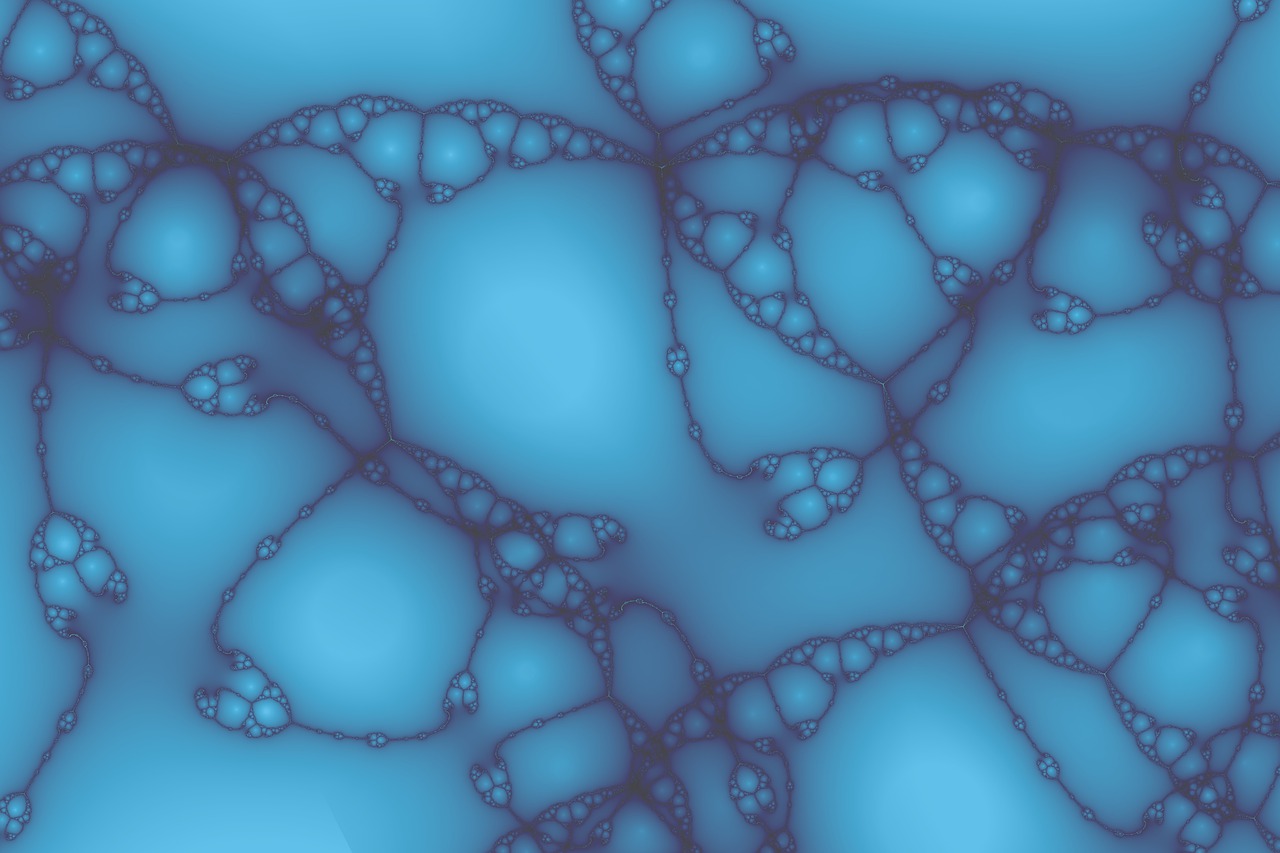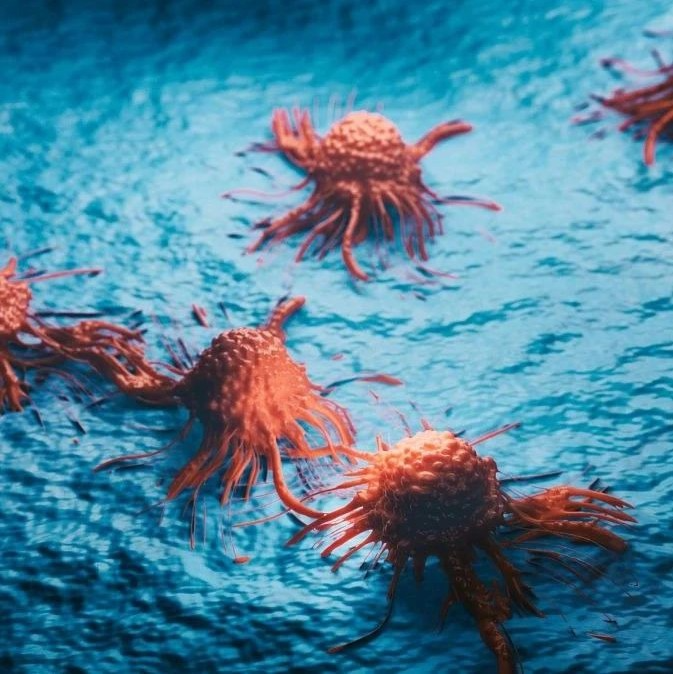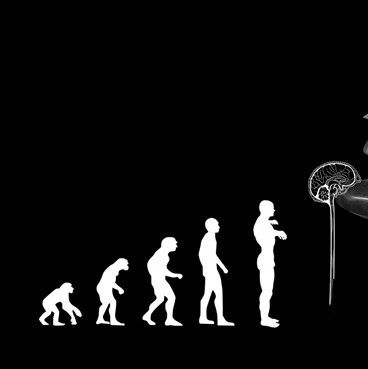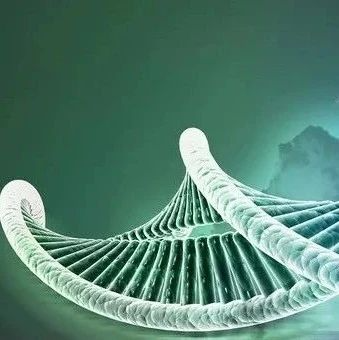美国国家科学院院刊(Proceedings of the National Academy of Science, USA,PNAS)1月10日在线发表了中国科学院生物物理研究所朱平研究组程凌鹏副研究员等人的研究论文——《Atomic model of a cypovirus built from cryo-EM structure provides insight into the mechanism of mRNA capping》。该研究由中国科学院生物物理研究所生物大分子国家重点实验室朱平研究组和孙飞研究组、华南农业大学孙京臣副教授和中山大学张景强教授等合作完成。生物物理研究所朱平研究组程凌鹏副研究员完成了冷冻电镜成像和结构解析等工作,黄晓星助理研究员协助完成了病毒纯化工作,孙飞研究组研究生张凯协助完成了原子模型构建工作,生物成像中心电子显微镜平台高级工程师季刚博士提供了电镜成像技术支持。
中国科学院生物物理研究所在中国科学院蛋白质科学研究平台二期建设当中重点发展了生物大分子冷冻电镜三维重构研究平台,已经建成了具有世界先进水平的生物成像技术实验室,拥有目前最先进的300千伏Titan Krios场发射冷冻透射电子显微镜。该研究利用生物成像技术实验室2010年4月调试成功的冷冻电镜平台,用单颗粒图像处理技术获得了呼肠孤病毒科的质型多角体病毒近原子分辨率的三维结构(3.9埃),并独立构建了全原子模型。这是我国首次利用冷冻电镜技术解析的生物大分子原子结构模型,也是世界上首次利用冷冻电镜的CCD图像获得的生物大分子复合体的全原子模型。该研究确认了呼肠孤病毒mRNA的流出通道,定位了呼肠孤病毒科质型多角体病毒的两个甲基转移酶(7-N-methyltransferase 和 2’-O-methyltransferase)并揭示了该流出通道是如何引导mRNA依次经过这两个甲基转移酶以完成“加帽”(Capping)过程的。该发现对研究dsRNA病毒的mRNA加帽(Capping)机制有重要意义。
这项成果表明我国独立开展的生物大分子冷冻电镜高分辨率研究工作达到了该领域的先进水平。该研究成果和2010年10月孙飞研究组以封面形式发表于Structure的分子伴侣素结构等系列成果表明了中国科学院蛋白质科学研究平台生物成像技术实验室的成功建立,为进一步开展冷冻电子显微前沿研究奠定了坚实的基础。
本工作得到基金委国家自然科学基金、科技部国家重点基础研究973计划、以及中国科学院百人计划等项目资助。

图解:质多角体病毒CPV的冷冻电镜图像(左上)和质型多角体病毒衣壳三维重构(中)。重构结果中彩色部分为组成该病毒的最基本的非对称结构单元。右图展示该非对称单元的放大图(右上)以及构建的原子模型(右下)。左下图展示的是部分氨基酸的三维重构电子密度图以及构建的原子模型,可以很清楚地看见氨基酸侧链。
原文出处:
Proceedings of the National Academy of Science doi: 10.1073/pnas.1014995108
Atomic model of a cypovirus built from cryo-EM structure provides insight into the mechanism of mRNA capping
Lingpeng Chenga,1, Jingchen Sunb,1, Kai Zhanga, Zongjun Moub, Xiaoxing Huanga, Gang Jia, Fei Suna, Jingqiang Zhangc,2, and Ping Zhua,2
Abstract
The cytoplasmic polyhedrosis virus (CPV) from the family Reoviridae belongs to a subgroup of “turreted” reoviruses, in which the mRNA capping activity occurs in a pentameric turret. We report a full atomic model of CPV built from a 3D density map obtained using cryoelectron microscopy. The image data for the 3D reconstruction were acquired exclusively from a CCD camera. Our structure shows that the enzymatic domains of the pentameric turret of CPV are topologically conserved and that there are five unique channels connecting the guanylyltransferase and methyltransferase regions. This structural organization reveals how the channels guide nascent mRNA sequentially to guanylyltransferase, 7-N-methyltransferase, and 2′-O-methyltransferase in the turret, undergoing the highly coordinated mRNA capping activity. Furthermore, by fitting the deduced amino acid sequence of the protein VP5 to 120 large protrusion proteins on the CPV capsid shell, we confirmed that this protrusion protein is encoded by CPV RNA segment 7.







